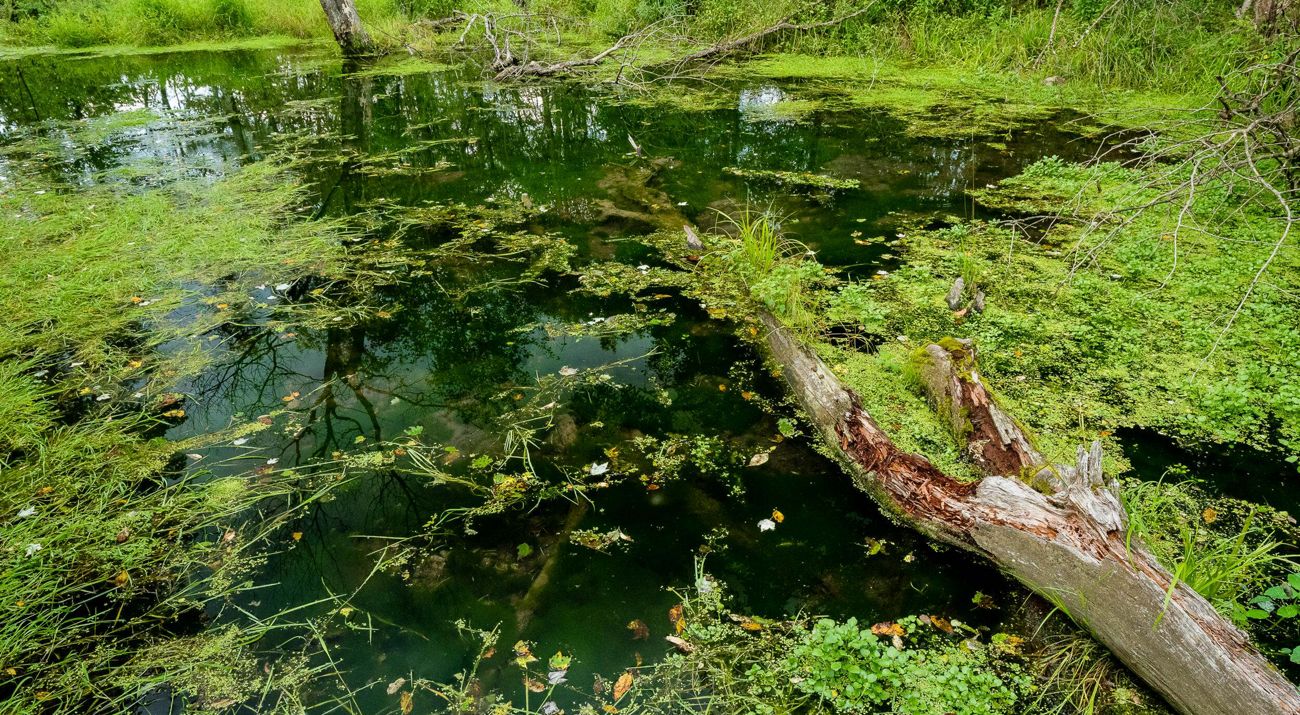Blackwater 2100: A Strategy for Salt Marsh Resilience in an Era of Climate Change
Maryland
This joint project between The Conservation Fund and Audubon Maryland-DC aims to prepare the fragile ecosystem of the Dorchester County's tidal marshes for a predicted three feet of sea level rise by the year 2100.
The researchers chose seven bird species as indicators of healthy tidal marsh habitat, data that were then used to determine which areas were priorities for conservation. Sea level rise was mapped using the state's planning model, the Sea Level Affecting Marshes Model (SLAMM), which then determined those areas most resilient to climate change. Based on this analysis, the report details the steps necessary to execute the team's four main conservation strategies for the region. Much of the study area was covered by the Blackwater National Wildlife Refuge.
Year Published: 2013
State: Maryland
Landscape Context: Coastal
Housing Density: Suburban, Rural
Funding Type: Both (Public and Private)
Habitat Focus: Water
Organizations Involved:
The Conservation Fund, Audubon Maryland-DC, U.S. Fish and Wildlife Service.
Values:
Open Space/Habitat, Climate Resilience
Stakeholder Involvement:
Stakeholders were involved throughout the process.
Planning Process:
The Greenprint was led by a Project Team, which consisted of a few members of each of the cooperating organizations. Assisting the Project Team were two groups, a Technical Advisory Committee and a Communications Advisory Committee. The report details an assessment phase, in which data collection, research, and modelling were combined to determine areas of priority and potential habitat for the focal bird species. Subsequently, conservation strategies were explored for the project's implementation.
Desired Outcomes:
The greenprint aims to slow the rate of habitat loss and conserve open space in uplands that will allow the marshes to re-establish on higher grounds as sea levels rise; and assist the transition from upland to marsh ecosystems in those areas.
What It AccomplishedPartnership between public agencies and conservation organizations working in the region. County residents participated in replanting marsh grasses.
